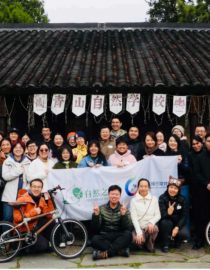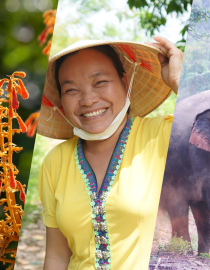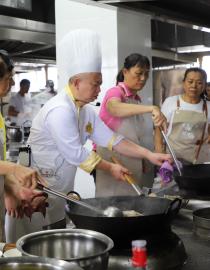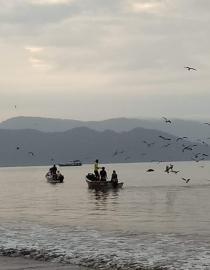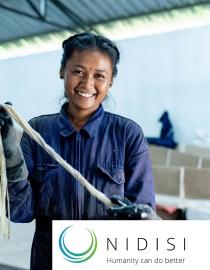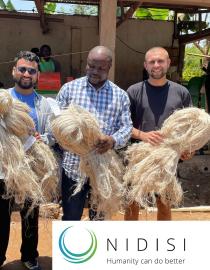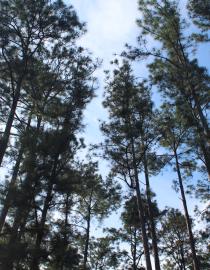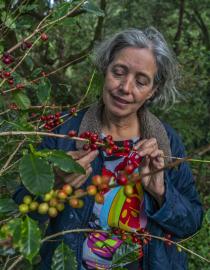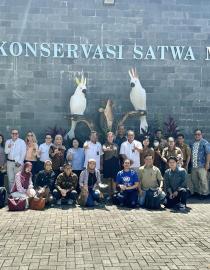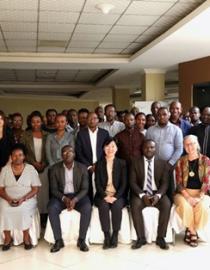
solutions
Combinación de métodos para calcular tarifas de áreas protegidas basadas en pruebas
Enfoque basado en las partes interesadas para diseñar nuevas tasas de áreas protegidas
Estructura de tarifas diferenciada según la categoría del parque, del visitante y de la actividad
Desarrollo de una plataforma digital innovadora para recaudar eficazmente las multas medioambientales
Canalización de las multas recaudadas hacia el Fondo Verde de Ruanda para medidas de conservación
Aumentar la concienciación y mejorar la aplicación de la legislación medioambiental
Confianza y relacionamiento entre vecinos
Mejoramiento productivo sostenible
Integración de las estrategias de manejo del AP en el marco de los acuerdos
Formación de líderes de la acción por el clima
Empoderar a las mujeres
Comunicación diversa
Innovación en la acción y la comunicación sobre el clima
Fortalecimiento del marco normativo e institucional para la gestión de las reservas de biosfera
Planificación y gestión integrada multisectorial y multiparticipativa de las reservas de biosfera
Gestión del conocimiento y sensibilización con perspectiva de género para una gobernanza sostenible de las reservas de biosfera
Reforzar el marco institucional y político
Demostración de mecanismos de incentivos para la conservación in situ y el uso de la agrobiodiversidad a nivel comunitario.
Integración y refuerzo de la capacidad institucional
Gestión e intercambio de conocimientos
Procesos de liderazgo local impulsados por sistemas de gobernanza local
Acompañamiento jurídico y consolidación del marco legal que sustenta la figura
Asistencia técnica y seguimiento científico centrados en la pesca artesanal
Fomento de la pesca artesanal con buenas prácticas y prohibición de la pesca industrial
Coordinación interinstitucional para la gestión de la ZEPA
Obtención y utilización sostenible de la fibra de plátano
Descripción detallada de la cortadora automática de pseudotallo de plátano: Proceso, Funcionamiento y Modelos de Diseño 3D
Descripción detallada del extractor semiautomático de fibra de plátano: Proceso, Funcionamiento y Modelo de Diseño 3D
Extracción de la fibra del plátano y uso de la fibra
Fertilizantes orgánicos a partir de residuos de plataneras
Mapa del ecosistema y definición del enfoque comunitario
Construir relaciones y confianza: del primer contacto a una colaboración significativa
Cocreación, circuitos de aprendizaje, talleres e intercambio técnico permanente
Hacer que dure - Infraestructuras, gobernanza y administración de una comunidad mundial
Diálogo entre las distintas partes interesadas para desarrollar el primer sistema de pago por servicios ambientales en Cuba
Desarrollo de una metodología de certificación para la eliminación del carbono forestal
El instrumento: El sistema cubano de pago por servicios ambientales
Agricultura sostenible impulsada por la ciencia
Pruebas de campo y parcelas de demostración
Participación comunitaria y desarrollo de capacidades
Asociaciones multisectoriales
Sukuk verde: Un instrumento financiero alineado con los principios islámicos para financiar proyectos relacionados con el clima y la biodiversidad.
Apoyo técnico para garantizar que los proyectos de biodiversidad cumplen los requisitos de elegibilidad del sukuk verde
Construcción del Centro de Conservación de Maluku para rescatar y tratar a los animales afectados por el comercio ilegal de fauna salvaje.
Creación de bases jurídicas y desarrollo de metodologías para reforzar los planes de gestión de áreas protegidas
Formar a las generaciones actuales y futuras para mejorar a largo plazo la gestión de las áreas protegidas
Promover los servicios de pago en las áreas protegidas para diversificar las fuentes de financiación y lograr la sostenibilidad financiera a largo plazo.
Creación de un grupo de trabajo inclusivo y multisectorial
Liderazgo rotativo y gobierno conjunto
Continuidad y marco operativo del CSTF



